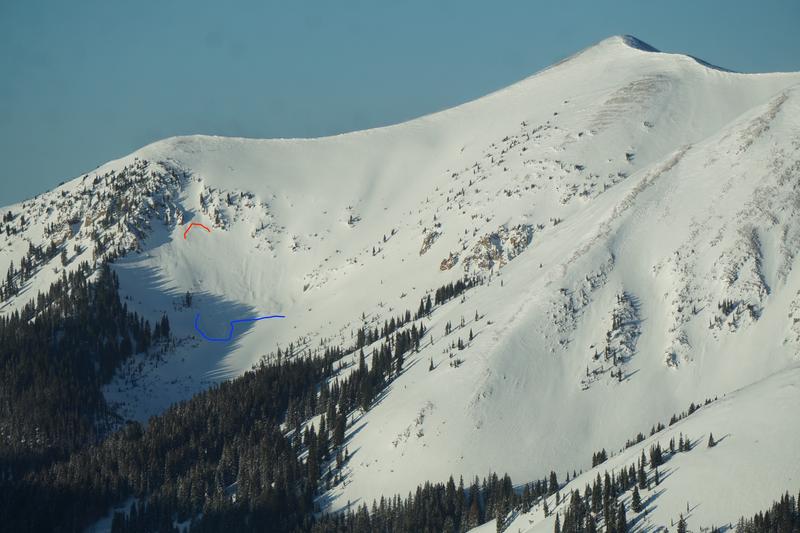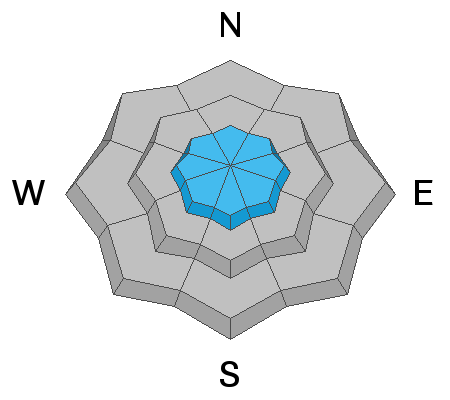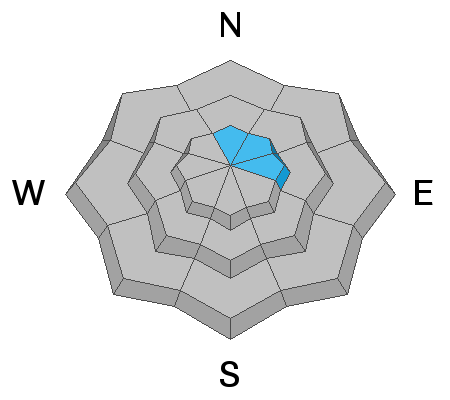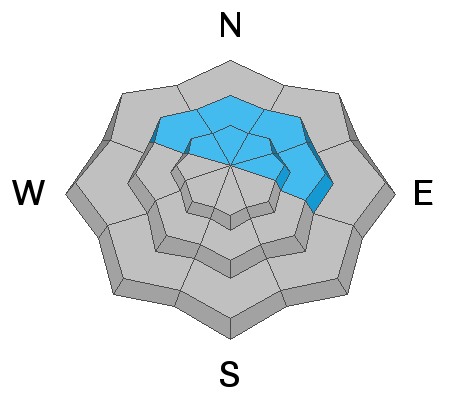Forecast for the Moab Area Mountains

Issued by Eric Trenbeath on
Wednesday morning, March 4, 2020
Wednesday morning, March 4, 2020
The avalanche danger remains MODERATE today with unstable areas of wind drifted snow being your primary concern. Look for fresh wind drifts on the lee sides of ridge crests and terrain features in upper elevation, wind exposed terrain. Fresh drifts are recognizable by their smooth, pillowy, or rippled appearance. It is also still possible to trigger loose snow avalanches on very steep slopes where the underlying snow surface is slick and hard. And finally, the new snow load has also created the potential for human triggered avalanches to step down into older weaker snow on steep, shady aspects. Be alert to signs of instability and approach all steep terrain with caution today.
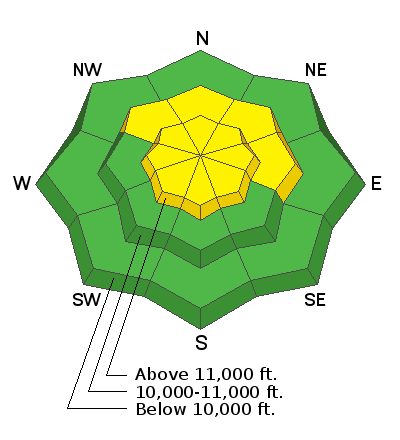
Low
Moderate
Considerable
High
Extreme
Learn how to read the forecast here


